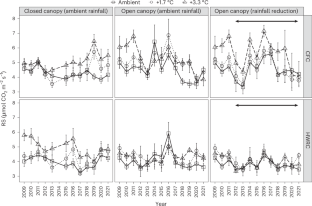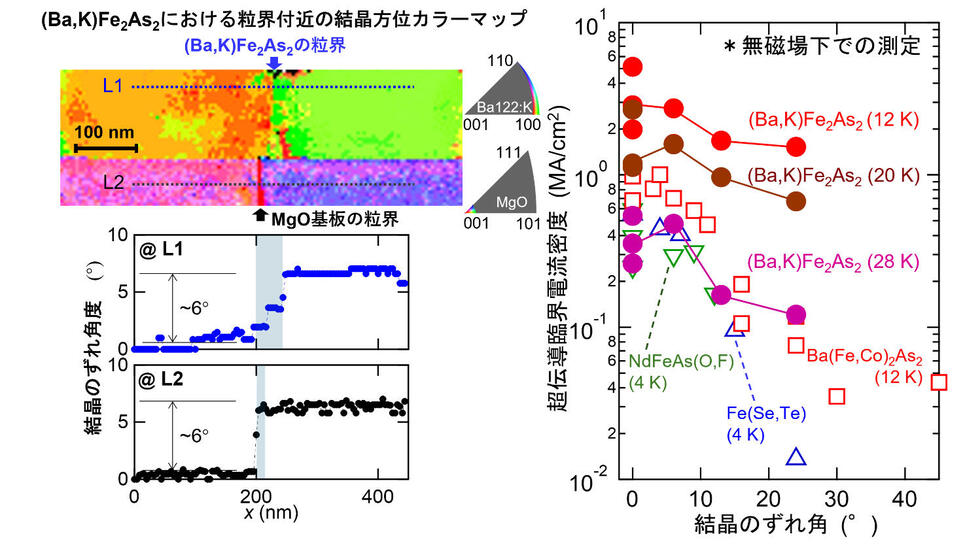2024-08-27 ロスアラモス国立研究所(LANL)
<関連情報>
- https://discover.lanl.gov/news/0805-quantum-machine-learning/
- https://www.nature.com/articles/s41467-024-49909-3
量子回路における不毛のプラトーに関するリー代数理論 A Lie algebraic theory of barren plateaus for deep parameterized quantum circuits
Michael Ragone,Bojko N. Bakalov,Frédéric Sauvage,Alexander F. Kemper,Carlos Ortiz Marrero,Martín Larocca & M. Cerezo
Nature Communications Published:22 August 2024
DOI:https://doi.org/10.1038/s41467-024-49909-3

Abstract
Variational quantum computing schemes train a loss function by sending an initial state through a parametrized quantum circuit, and measuring the expectation value of some operator. Despite their promise, the trainability of these algorithms is hindered by barren plateaus (BPs) induced by the expressiveness of the circuit, the entanglement of the input data, the locality of the observable, or the presence of noise. Up to this point, these sources of BPs have been regarded as independent. In this work, we present a general Lie algebraic theory that provides an exact expression for the variance of the loss function of sufficiently deep parametrized quantum circuits, even in the presence of certain noise models. Our results allow us to understand under one framework all aforementioned sources of BPs. This theoretical leap resolves a standing conjecture about a connection between loss concentration and the dimension of the Lie algebra of the circuit’s generators.



